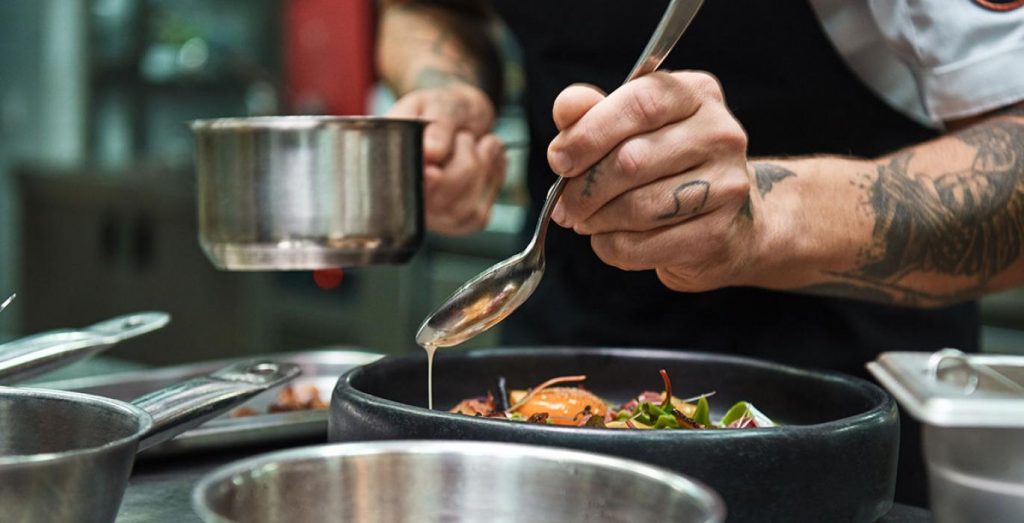In many ways, the pandemic has been a time of reinvention for the food industry. When the economy ground to a halt last spring, restaurants across the U.S. pivoted to carry out, and crafted unique outdoor dining environments. Consumers began baking bread, stocking up on pantry items, cooking at home more often, and experimenting with new recipes, leading to a bump in sales for packaged-food and beverage companies. At the same time, food processors saw a spike in Covid cases, leading to concerns for a supply chain shutdown.
Now, with U.S. coronavirus cases going down and the number of vaccinated people going up, food companies are preparing for a “new normal” (whatever that may look like). If earnings this week are anything to go by, food and beverage companies of all stripes are positioned to thrive in the summer months — and beyond — in a post-pandemic economy.
Take McDonald’s (MCD): the burger giant reported a 13.6% growth in U.S. sales for Q1 (compared to last year), surpassing analysts’ expectations. With demand for in-person dining returning amid resiliency in the takeout market, the fast food company is worried about a labor crunch, and is weighing a wage hike to attract more employees. The company also says its chicken products are playing a big role in driving its gains.
Indeed, America’s voracious appetite for all things chicken has boosted Pilgrim’s Pride (PPC), a leading U.S. chicken processor, which reported quarterly sales of $3.27 billion, or a 6.5% bump from the year-ago quarter’s levels. Pilgrim’s saw its net sales increase in all its major markets, including Mexico, Europe, and the U.K. “With more vaccinations, we believe that foodservice demand can return over to pre-COVID levels,” said the company’s CFO in the earnings call, indicating there is room for further growth.
With more Americans dining in, packaged food conglomerate Kraft Heinz (KHC) also had an excellent quarter. The food maker generated net sales of $6.39 billion, for a 3.9% year over year bump. Even more impressively, Kraft Heinz grew its net income by 25%. Unsurprisingly, the company’s stock has been on a tear: shares have risen over 18% year to date and over 30% since this time last year.
Hershey Co (HSY) also had a good quarter, as more Americans splurged for stay-at-home movie nights and in celebration of Valentine’s Day. The chocolate maker beat analyst expectations, reporting $395.79 million of sales, a stunning 46% year over year gain. “During a time like COVID, consumers were just hungry for connection,” said CEO Michele Buck on the earnings call. “And so the roles that our brands played during season to create that connectivity and traditions and rituals with something consumers just were so hungry for.”
Based on these strong earnings, investors may be tempted to buy up stocks of food makers and distributors. But amid increasing concerns of inflation, should investors shun food companies, which rely on commodities whose prices have been soaring in recent weeks?
Not according to Barclays analyst Andrew Lazar. The acclaimed U.S. food researcher, who recently shared his outlook with The Wall Street Journal, and it goes something like this: In periods of rising commodity costs, food makers and distributors have been able to pass price increases onto consumers while also finding creative ways to cut costs. Then, when costs of commodities return to normal levels, these food companies are able to maintain their higher costs given consumers’ changed expectations, positioning those firms for higher profit margins and net sales.
In other words, sharpen your knives, investors. It’s a good time to dig into food stocks.






























